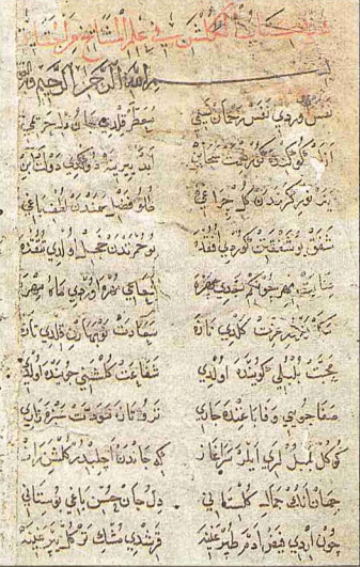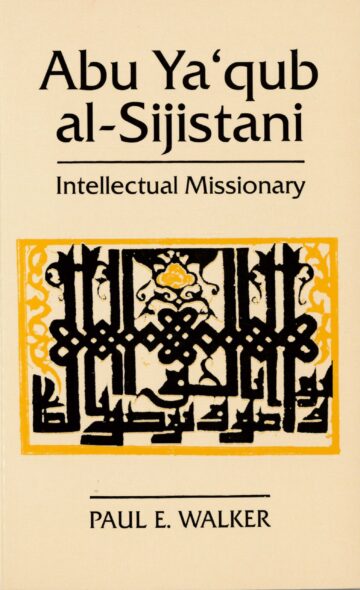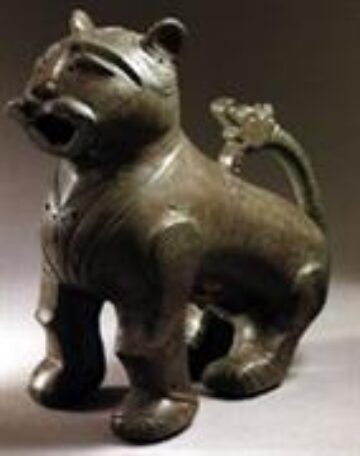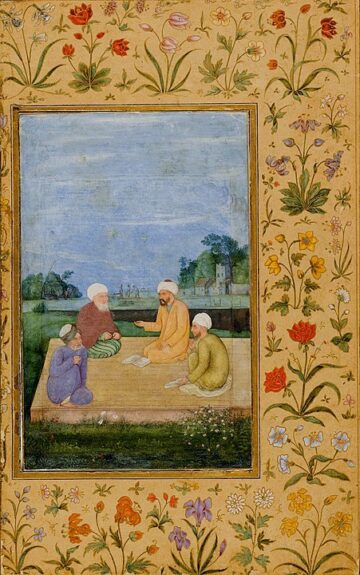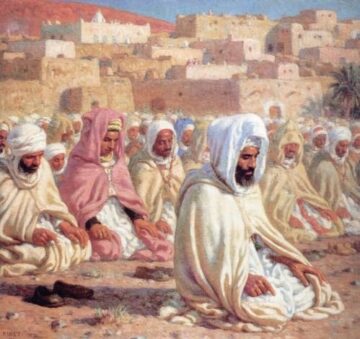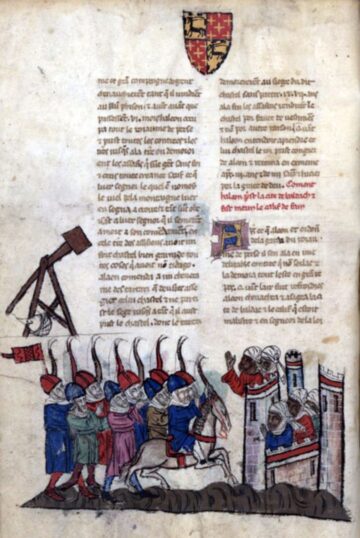Keywords: Sufi, hagiographer, Nishapur, Mongol, Mawlana Rumi, mathnawi, Diwan, Mantiq al-Tayr, Khusraw-Nama, Gul-u-Hur’muz, Mukhtar Nama, Ilahi-Nama, Khusraw’Nama, Asrar-Nama, Maqamat al-Tuyur, Musibat-Nama, Tadhkirat al-Awliya, al-Hallaj, Simurgh, fikrat, mystical journey, soul, resurrection, death.
A celebrated Persian poet and Sufi hagiographer, ‘Attar lived during the second half of the twelfth century CE and the first two or three decades of the thirteenth century in or near Nishapur.
According to the most commonly received scholarly opinion, he died during the Mongol sack of Nishapur in April 1221 CE, but 1230 CE also remains a possibility. Reliable biographical information about him is scarce, and many supposed autobiographical indications derive from works that have turned out to be spurious. It is nevertheless clear that he was known as an expert pharmacist.
He appears to have had close ties with the well-known Sufi of Khwarazm, Majd al-Din Baghdadi (d. 1209 CE or later) or with one of his disciples, Ahmad Khwari, in Nishapur.
Author

Professor Hermann Landolt
A major contributor to modern scholarship on Sufism and Iranian Philosophy, and a student of Fritz Meier and Henry Corbin, Hermann Landolt was educated at Basel University, Switzerland and Ecole Pratique des Hautes Etudes (Sorbonne), Paris. He taught Islamic Studies and Persian at McGill University in Montreal, Canada from 1964 to 1999, during which he was also affiliated to the University’s Tehran Branch. From 1982 to 1984, Professor Landolt served as the Head of the then-Department of Graduate Studies and Research at the Institute of Ismaili Studies where he is currently a Senior Research Fellow.
His publications include Correspondence spirituelle echangee entre Nuroddin Esfarayeni (ob. 717/1317) et son disciple ‘Ala’oddawleh Semnani (ob. 736/1336) (1972), Nuruddin Abdurrahman Isfarayini: Le R vlateur des mysteres (1980; 2nd ed. 1986; 3rd ed. 2005),the edition of Henry Corbin’s Cyclical Time and Ismaili Gnosis (Kegan Paul International and Islamic Publications Ltd., 1983, as well as numerous articles in various languages including a selection republished as Recherches en spiritualité iranienne (2006).
He is preparing a book on the ishraqi philosopher Suhrawardi, and several other publications including a new edition and translation of the Ismaili thinker Sijistani’s Kashf al-mahjub and contributions to the forthcoming Grundriss der Geschichte der Philosophi:. Philosophie in der Islamischen Welt.


